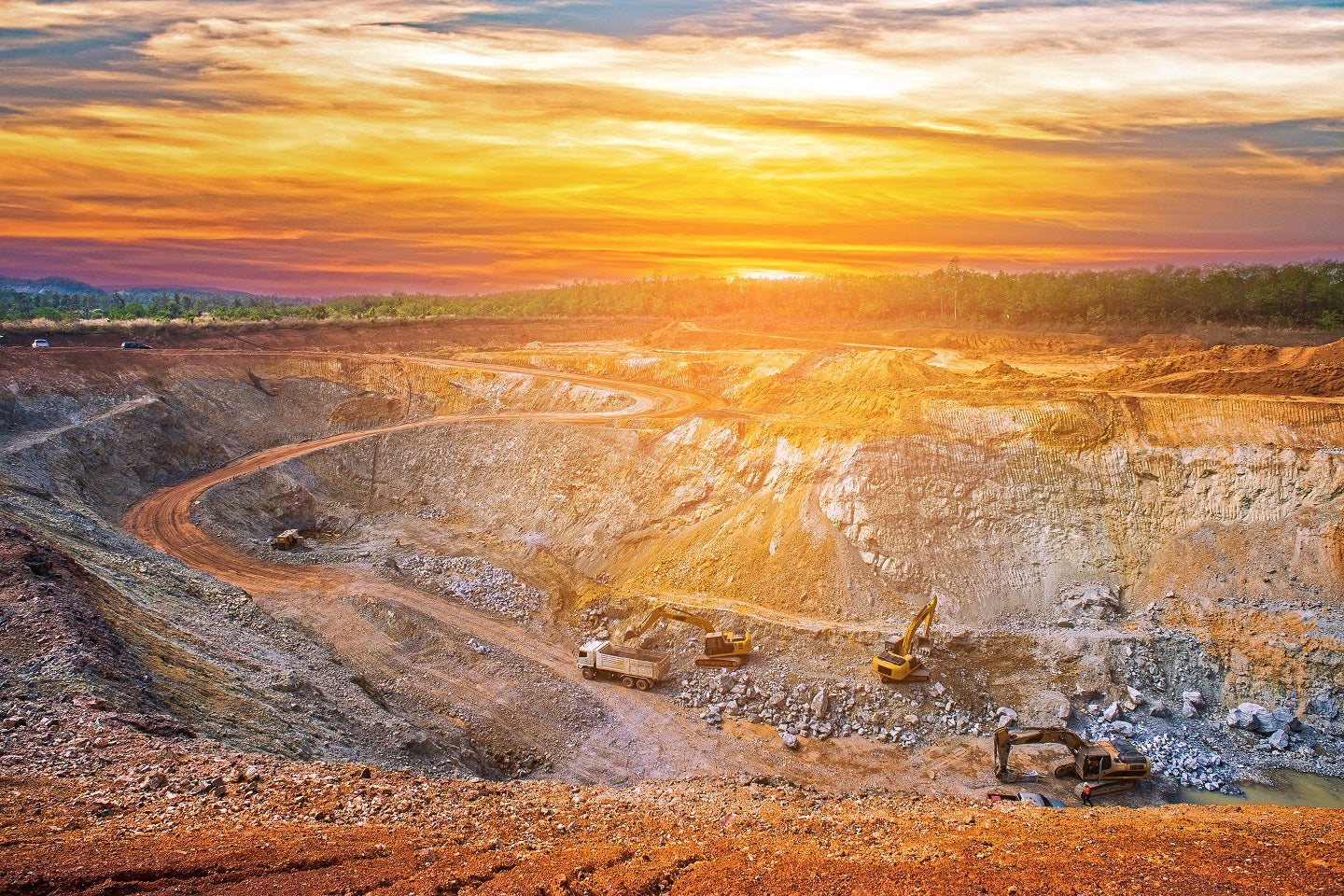
The US energy storage industry has been riding the coattails of wind and solar power, and things are about to get interesting. Pumped hydropower continues to dominate the storage field by a wide margin, but lithium-ion batteries are making inroads and new technologies are also creeping in. Oddly enough, Texas is front and center in the new activity despite persistent attempts by Republican office holders in the state to tilt the scales in favor of fossil energy.
Jupiter Power: The Sleeping Energy Storage Giant Awakens
The energy storage firm Jupiter Power is new to the CleanTechnica radar, but it is a force to be reckoned with. In terms of Texas energy policy, Jupiter — which has headquarters in Texas and Illinois — sticks out because of its “powerful partner” relationship with the leading global investment firm BlackRock, which has become a particular target of a multi-state, organized push against renewable energy investing.
Texas officials are among those picking on BlackRock for its promotion of decarbonization. Nevertheless, renewable energy investment is happening right in their own backyards.
“Backed by BlackRock’s Diversified Infrastructure business, Jupiter Power has a strategic and established portfolio of utility-scale energy storage projects operating or in construction in the U.S., with a leading pipeline of over 11,000 MW in active development,” Jupiter explains.
That huge portfolio now includes a new partnership with the Swiss startup Energy Vault for a 100 megawatt battery-type storage system at a Jupiter Power facility located near Fort Stockton, Texas, as well as another 10-megawatt system in California.
The deal with Energy Vault also caught our eye because the Swiss company’s lead product is a cutting-edge, bizarre-looking, gravity-based energy storage technology. However, before you get excited, don’t get too excited. Jupiter specializes in battery energy storage systems. The deal involves battery-type energy storage and a source-agnostic energy management platform that Energy Vault launched last year, not the gravity system.
Nevertheless, a hookup between the two companies raises the possibility that a gravity-based system could be in the works, so keep your eyes open for that.
Repurposing Old Wells For New Storage
If Energy Vault’s gravity-base system ever gets to Texas, it may already have some company. The US startup Renewell, which has offices in Texas and California, is marketing a gravity-based energy storage system that can be retrofitted into idle oil and gas wells.
Called Gravity Well, the system doubles as an abandoned well-sealing and monitoring operation.
“In an ideal world idle wells wouldn’t be plugged and abandoned, they would be plugged and monitored,” explains Renewell. “Not only is a Gravity Well plugged above the depleted reservoir, there is also a suite of sensors on each well ensuring an unprecedented level of insight into its status.”
In addition to repurposing old wells as energy storage sites, the Gravity Well system repurposes oilfield tubing to fabricate the long, cylindrical weights that form the heart of the system.
“Inactive oil and gas wells are an ideal host for gravity energy storage due to their depth, expensive plug and abandonment (P&A), pre-existing electrical infrastructure, and current emissions,” the company explains.
“Up to 40% of idle wells have been found to leak methane. Sealing the well during installation stops these emissions, making a Gravity Well the only energy storage technology with directly net-negative lifecycle GHG emissions,” they add.
California appears to first in line for commercialization of the new technology. The startup previously tested a Gravity Well prototype in Texas back in 2021, and the existence of a Texas office suggests that the Lone Star State could be next.
Air Batteries Are Actually A Thing
Compressed air technology is another energy storage system that has crossed the CleanTechnica radar, and Texas is in the running. Back in 2017, we took note of the Texas startup Apex-CAES when it announced that it would bring compressed air storage back to the US after a 40-year drought. The company is currently working on a 317-megawatt facility in Anderson County.
More recently, opportunities for compressed air development in Texas have caught the eye of the fast-growing Irish company Corre Energy.
Corre certainly doesn’t seem put off by the anti-ESG (environment, social, governance) rhetoric emanating from Texas officials. In July, the company announced plans to acquire a 280-megawatt compressed air project in West Texas, calling it their first “strategic entry into high-growth US market with its supportive regulatory environment.”
The deal hooks Corre up with the Texas-based energy storage firm Contour Energy, which will continue to work on the project until completion.
As for that thing about a “supportive regulatory environment,” that’s not exactly a ringing endorsement of Texas energy policy. It’s more of a shoutout to Democratic lawmakers in Washington, DC, who passed the 2022 Inflation Reduction Act with exactly zero support from Republican representatives in Congress.
“The Texas project is supported by a positive economic environment, including the Inflation Reduction Act and extended Investment Tax Credit offered by the US government, representing an attractive entry point into the US market for Corre Energy,” the company explains.
Green Hydrogen Energy Storage, Of Course
Contour Energy specializes in compressed air systems that involve heating the air before passing it through a turbine to generate electricity. The heating part of the equation typically involves natural gas, so the system depends partly on fossil energy. However, Contour points out that the air-plus-gas combo involves less greenhouse gas emissions than gas-only turbines.
Contour suggests that hydrogen could also be used for heating, and that brings up the role of Texas in the green hydrogen market. Green hydrogen functions as a renewable energy storage platform when produced from water with electrolysis systems powered by wind, solar, and other renewables (see more CleanTechnica coverage here).
Green hydrogen projects have been popping up all over the US and elsewhere, but since everything is bigger in Texas, it’s no surprise to see a supersized green hydrogen facility heading to Duval County, taking advantage of storage capacity in the Piedras Pintas Salt Dome.
The project, dubbed Hydrogen City, comes under the umbrella of the Texas-based firm Green Hydrogen International.
“Hydrogen City, Texas will be an integrated green hydrogen production, storage, and transport hub growing to 60GW in size and producing over 3 billion kilograms of green hydrogen per year,” GHI enthuses. “The project will be powered by 60GW of behind the meter solar and wind power with additional renewable energy drawn from the ERCOT grid during periods of low prices.”
“Access to salt storage is critical to the scaling-up of green hydrogen production as it allows for maximum utilization of electrolysers and serves as a buffer between variable wind and solar production and final delivery of green hydrogen to customers,” they add.
There’s plenty more where that came from. Researchers at the University of Texas have already begun to make a broad case for deploying Texas’s salt cavern resources for green hydrogen storage, geothermal projects, and other clean technologies.
For more (much more) CleanTechnica coverage of the goings-on in Texas, go here.
Follow me tinamcasey on Bluesky, Threads, Post, LinkedIn, and Spoutible.
Image: Gravity-based energy storage system from Energy Vault (courtesy of Energy Vault via businesswire.com).
I don’t like paywalls. You don’t like paywalls. Who likes paywalls? Here at CleanTechnica, we implemented a limited paywall for a while, but it always felt wrong — and it was always tough to decide what we should put behind there. In theory, your most exclusive and best content goes behind a paywall. But then fewer people read it! We just don’t like paywalls, and so we’ve decided to ditch ours. Unfortunately, the media business is still a tough, cut-throat business with tiny margins. It’s a never-ending Olympic challenge to stay above water or even perhaps — gasp — grow. So …



